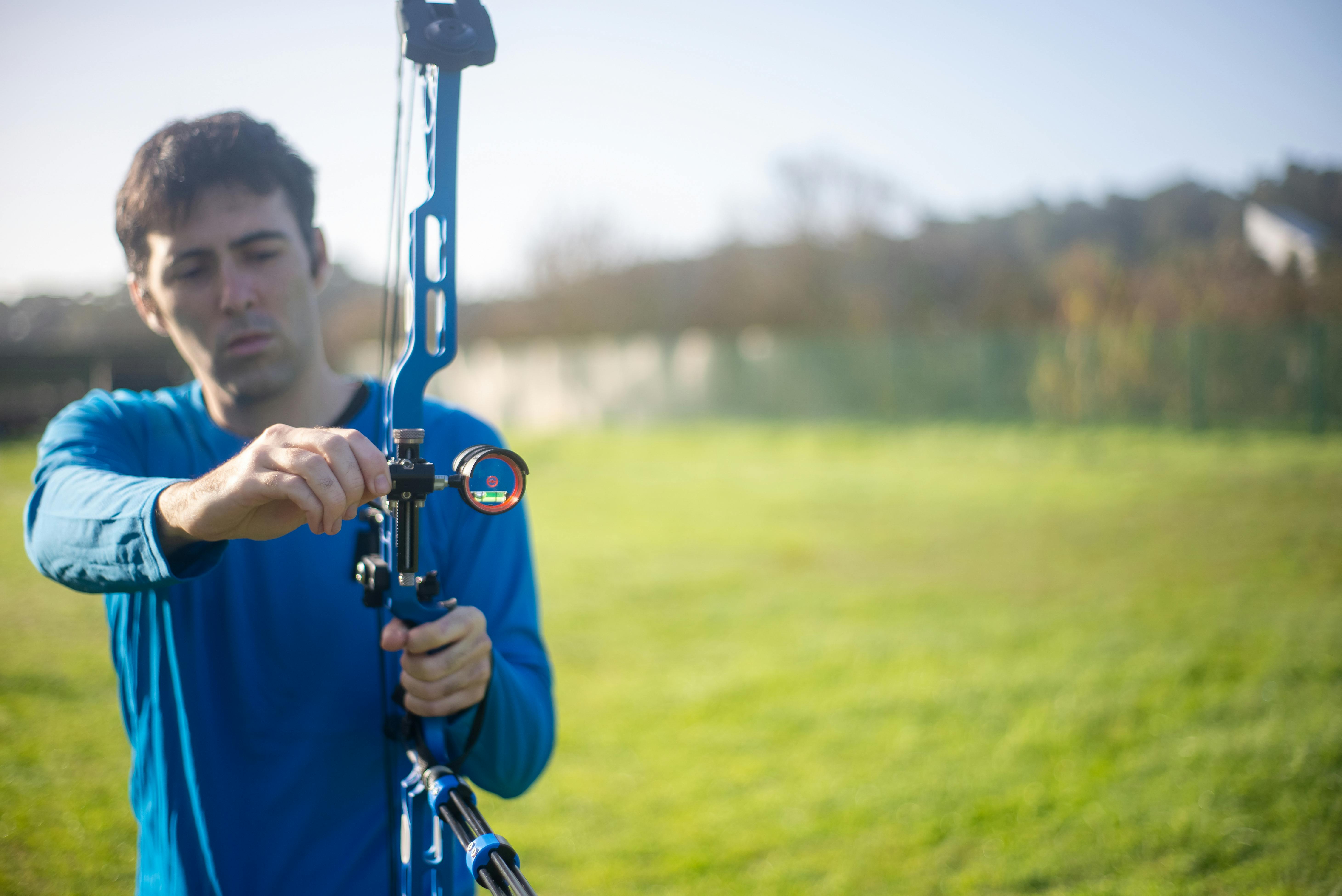The recent death of Phillip Hughes after he was struck with a short pitch at a Sheffield Shield home game in Sydney, Australia, signifies the dangers of the modern game of cricket and the need for some changes to reduce injury risks.
Hughes was struck in the back of the head in an area unprotected by his helmet. His death was an accident and bowler Sean Abbott was not at fault.
Cricket is traditionally known as a gentleman’s game and is supposed to embody all that is fair and just in sport. However, the commercialization of the game in the 1970s replaced sportsmanship with the principle of ‘win at all costs’. This precipitated a greater confidence in fast bowling as it was the most effective way of satisfying the desire to win, which in turn increased the dangers for batsmen.
BODY LINE
The first major incident of dangerous short-pitch bowling was the 1932/33 Ashes tour of Australia (known as the Bodyline series). The English fast bowlers Larwood and Voce, to counter the uncanny skill of the Australian big batsman Don Bradman, deployed a tactic of bowling his body on the leg side to gain a deflection and get caught by several fielders positioned behind the square. leg.
This tactic proved effective but was contrary to the gentlemanly traditions of the game and for the next two decades the tactic was outlawed under cricket laws.
Although it was banned, Bodyline left an ugly legacy. Since then, there have been numerous cases of injuries resulting from short pitch bowling. For example, in 1962, Indian captain Nari Contractor’s international career ended after he was struck by a rising ball from Charlie Griffith in Barbados. England batsman Andy Lloyd never played again after being struck by Malcolm Marshall’s short pitch ball in 1984 at Edgbaston and England’s Alex Tudor was struck by a Brett Lee delivery in Perth 2002 which also ended his career .
THE UGLY SIDE OF CRICKET
With the inflow of big money into cricket in the 1970s, winning became paramount and teams made increasing use of intimidating fast bowling as it was very effective in beating opponents. opponents. This tactic was also exciting and considered good for the game as it made cricket (especially one day cricket) more attractive. The teams with the most firepower always won and drew the biggest crowds.
A cricket ball consists of cork covered by leather and is hard and solid. As we saw in the Phillip Hughes death case, he is capable of inflicting serious injury if he hits a batter in an unprotected area.
Fast bowlers bowl at speeds of 90 to 100 mph. They are good cricketers and what they bowl among other nasty things is a delivery called ‘gorilla’. They do this by hitting the ball up the middle of the field with all the force they can muster so that it rises to chest or head height when it reaches the batsman. The purpose of this is to strike fear into the batter’s mind so that he is convinced that, all things considered, he is better off seeking the safety of the pavilion. You don’t throw at the stumps but aim for the scalps.
In the mid-1970s, the most famous couple of fast bowlers of violence were Australians Jeff Thomson and Dennis Lillee. In two successive winters they humiliated England and the West Indies and propelled Australia to the top of world cricket. At home, they bowled on grounds specially prepared for them, in front of crowds chanting “kill, kill, kill” and were aided by native umpires who gave visiting batsmen little protection.
After their 5-1 thrashing of Australia in 1975/76, the West Indies quickly learned the lesson that it was the fast bowlers who won games. They learned the lesson well. They modified tactic and henceforth deployed a full-pace bowling attack working together with the idea that the relentless pace would wear down the batsmen and make it difficult to protect not only their wickets but also their personal safety. This new tactic led to the dominance of West Indies cricket for nearly two decades.
NECESSARY CHANGES
Body-threatening bowling has become an accepted part of the bat-and-ball struggle in modern cricket.
It’s unfortunate that Phillip Hughes paid the ultimate price for playing the game he loved. To prevent a repeat of this tragedy, new changes must be made to provide more safety for hitters:
First, young players must learn to evade or short pitch bowl. Due to the prevalence of one day cricket, too much is played on the front foot and one does not know how to bowl faster with the back foot or how to crouch or swing to avoid a ball (ABConline – Phillip Hughes injury: Attacking focus and foul of evasive techniques putting younger cricketers at risk of injury; by Rene Ferdinands, 26 Nov 2014).
Secondly, cricket helmets are not foolproof and their design needs to be modified to provide more protection to unprotected areas, such as the back of the head, to prevent a repeat of the Hughes tragedy.
Third, referees need to make more use of their powers and enforce the laws of the game more strictly, especially to stop the excessive use of bouncers.
Contrary to what some people suggest, there is no need to change the rules and ban short pitch bowling. It is necessary to maintain a certain amount of fear as part of the game, but hopefully the price to maintain it is not too high.
Victor A. Dixon
December 2, 2014



